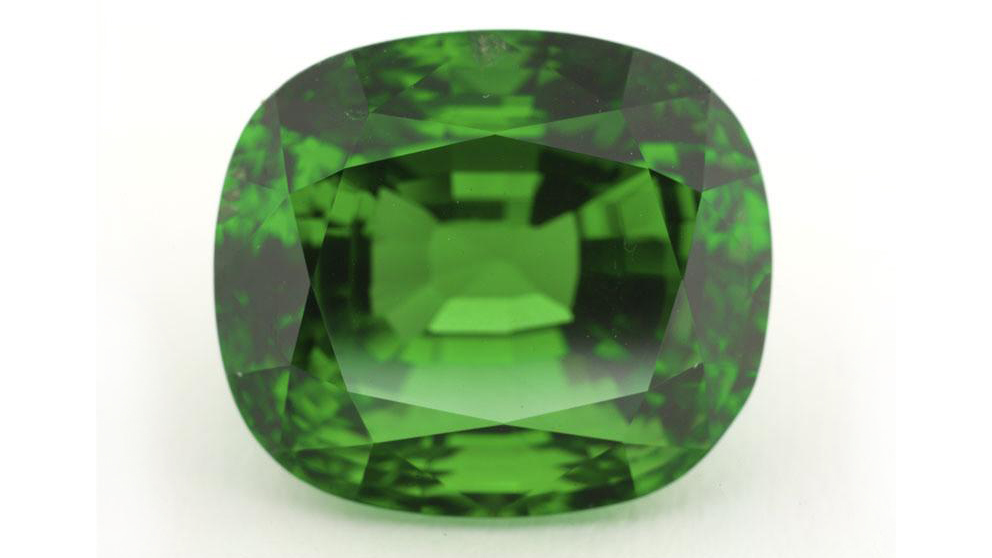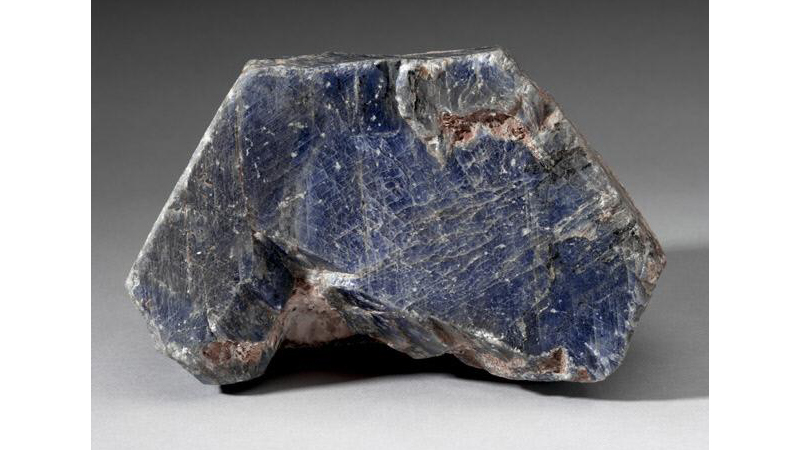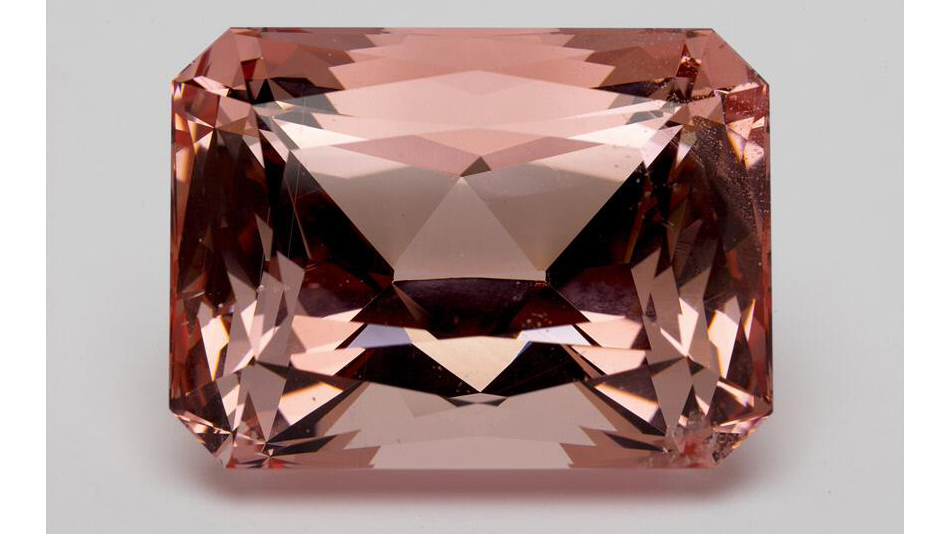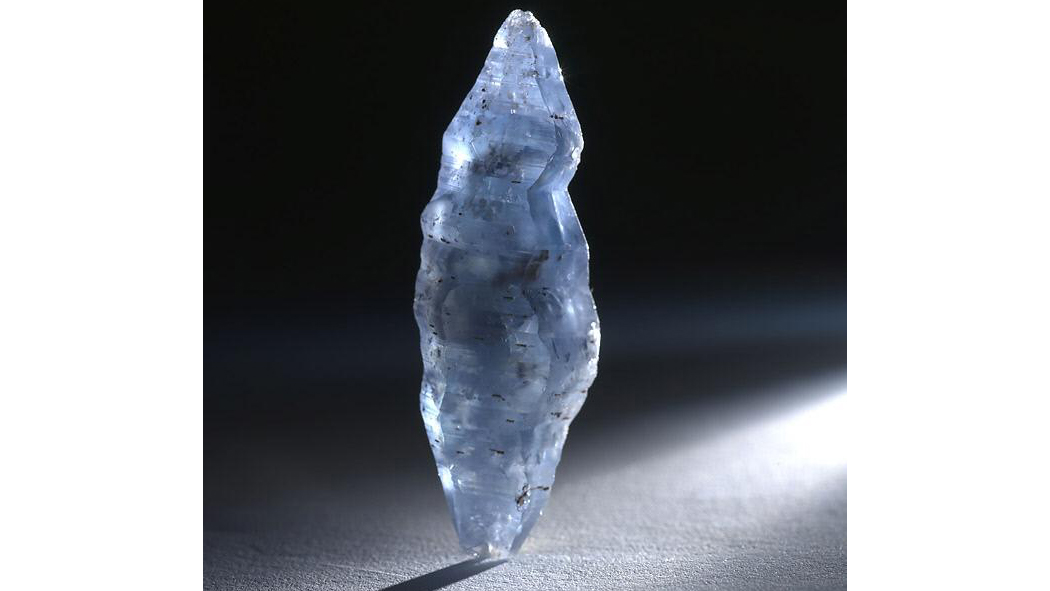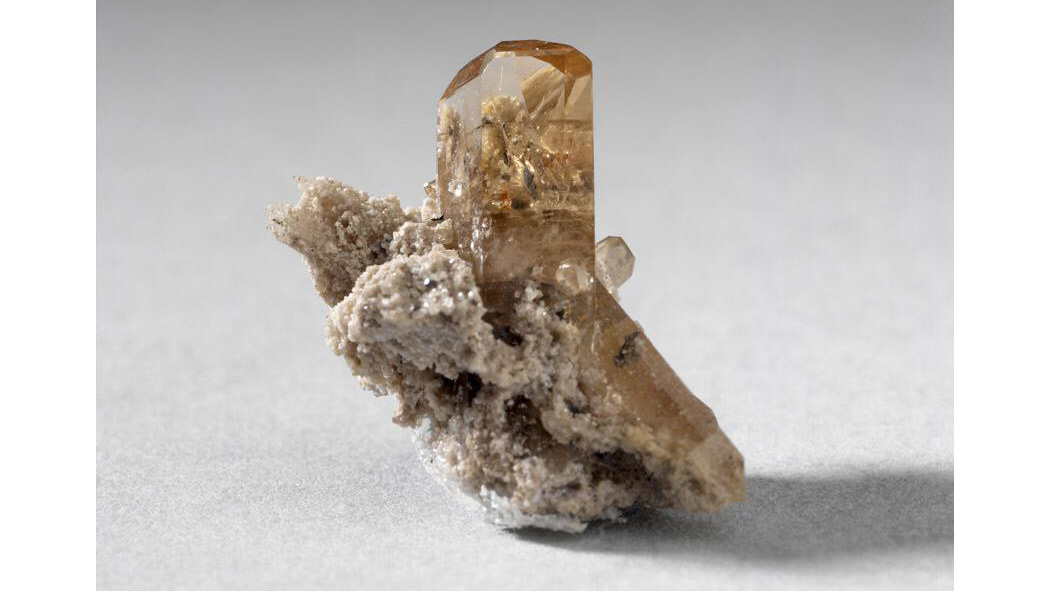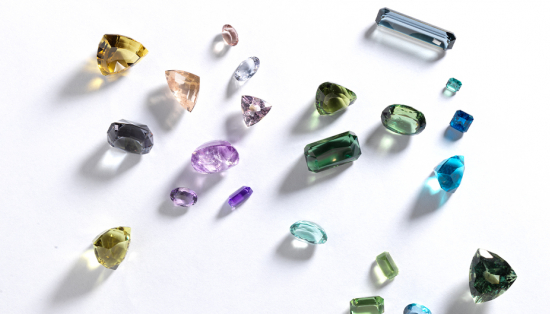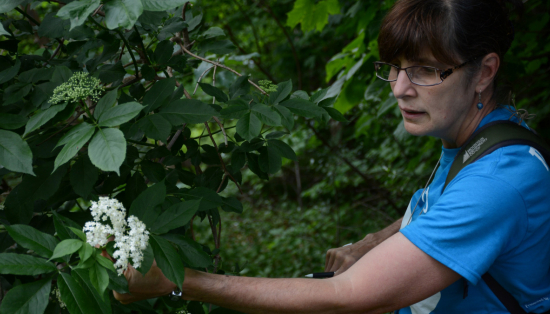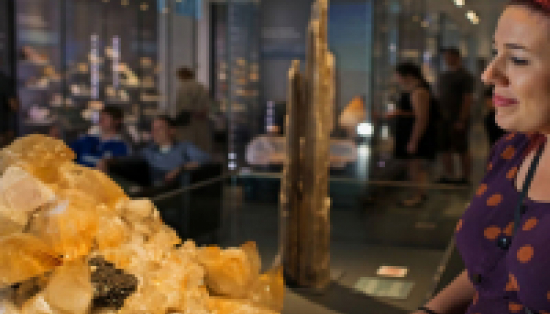Every Thursday at 10 am on Instagram we chat with a different ROM expert ready to answer your burning questions on a different subject. This time on Ask ROM Anything we chat about gems with Katherine Dunnell. She is the ROM's Mineralogy & Geology Technician and a bonafide gem and jewellery expert.
Now a member of the Earth Sciences department at the ROM, Katherine’s original passion was medicine, but after a year of university spent touching "slimy" things, she decided inorganic sciences were much more appealing.
Geology had always been an interest of Katherine's spurred on by many summers in northern Ontario as a child. Once in the Geosciences she became interested in the study of gemology. Gems and jewellery remain her focus and passion.
Q: What is the gem you feel is the most under-appreciated?
A: I think anything that has colour that isn’t blue, has been under-appreciated. One of my favourite and colourful pieces in the collection is the stunning 63-carat bi-coloured tourmaline.
FUN FACT: Gems are influenced by a lot of factors; availability, culture and colour trends. Odd to think, but the Pantone colour of the year does influence what gemstones you see set in pieces of jewellery that year.
Q: What is the difference between precious and semiprecious stones?
A: If the gem is good enough to facet, then it is precious.
BUT WHY… Minerals are found all over Earth, but there are very few instances where minerals grow transparent and large enough to be faceted into a gemstone. Those special environments make all gemstones rare and precious.
An example of non-transparent material is the blue sapphire in our collection, which is definitely not gem-quality.
Q: What makes a gem a gem?
A: Gems have a few criteria—rarity but more importantly durability and beauty.
Beauty is very subjective, so what I might find stunning, you might not. The biggest criteria is durability. People can facet a lot of minerals, but I wouldn’t want to try and wear a faceted gem that was soft or water soluble. Most gems have a hardness of 6.5 of higher.
Q: What distinguishes a gemstone from something like a crystal?
A: There is a big difference between a crystal and a gemstone. Gems are cut and polished from minerals, so humankind taking something raw from the Earth and working it.
Minerals and crystals are naturally occurring, solid, inorganic substances that have a definite and ordered atomic structure.
This is a rough sapphire crystal.
Q: What are some of the most interesting gems you can find in Ontario?
A: Gemstones are found in Canada and closer to home in Ontario. The largest gem industry in Canada is diamonds. There are eight operating diamond mines in Ontario.
Here are two 3+ carats diamonds from Ekati Diamond Mine, NWT, Canada from our collection.
Q: Do different types of gemstones occur together in one deposit?
A: Some gems are found alone in a deposit, like diamonds in kimberlites, and other gems are found together in certain geologic environments, like rose quartz, topaz and aquamarine found in Brazil.
When gems are found together, it is usually because of the geologic environment, in the case of Brazil, a pegmatite that they are created from.
Pegmatites form at the end stages of crystallization in igneous intrusive rocks, where all the elements that don’t form minerals easily are concentrated, creating wonderful gemstones like this huge topaz from Brazil.


